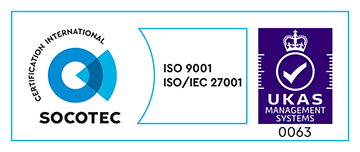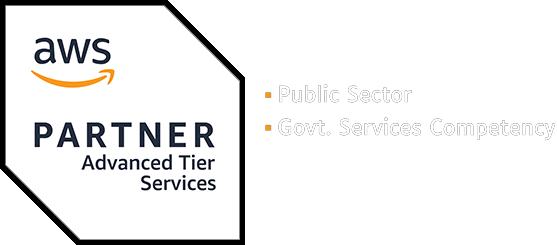In today’s world, we’re surrounded by more data than ever before. Whether it’s customer feedback or real-time energy usage, there’s so much potential to uncover valuable insights. But here’s the thing. Simply gathering data isn’t enough. The real challenge is making sense of it – combining data with deep user research to uncover the insights that truly matter. When we get this right, we can drive meaningful, positive behavioural change. Influencing how people think and act.
Learning more about user behaviour
Some of the best decisions come from combining data-driven insights with contextual user research. For instance, at the Met Office, we’re using large language models (LLMs) to perform sentiment analysis on user feedback. This allows us to turn raw user comments into actionable insights, helping improve weather model accuracy, so people can make smarter decisions – whether it’s planning their day at the beach or staying safe in a storm.
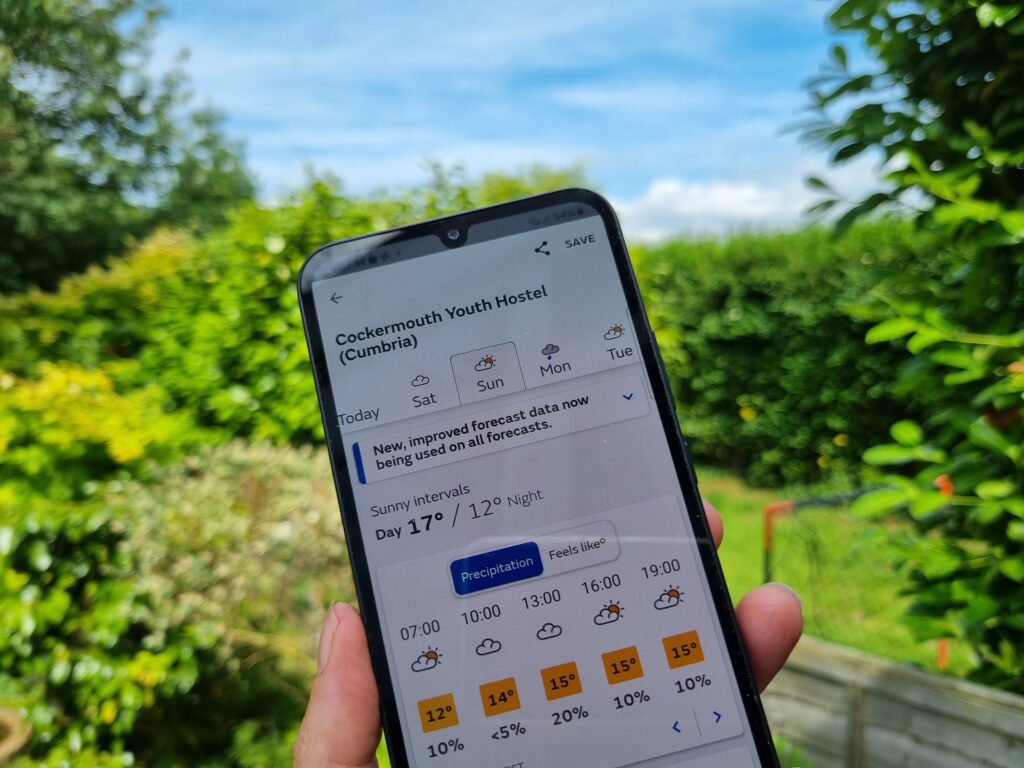
By blending qualitative and quantitative methods, we get the full picture. While data might show trends and patterns, research adds depth by uncovering the ‘why’ behind behaviours. Together, they form a powerful combination for creating the right solutions for users.
From data to action
These days, everyone’s collecting data, but the real skill is knowing what to focus on and using those insights to make a difference.
Take the water sector as an example. Digital twins – real-time virtual models of entire systems – are transforming the way utility companies manage water resources. By creating replicas of entire systems, these tools can simulate how changes such as shifting consumption patterns will impact the network. The real value in this kind of modelling is that it allows companies to test scenarios, predict outcomes, and refine decisions before taking action.
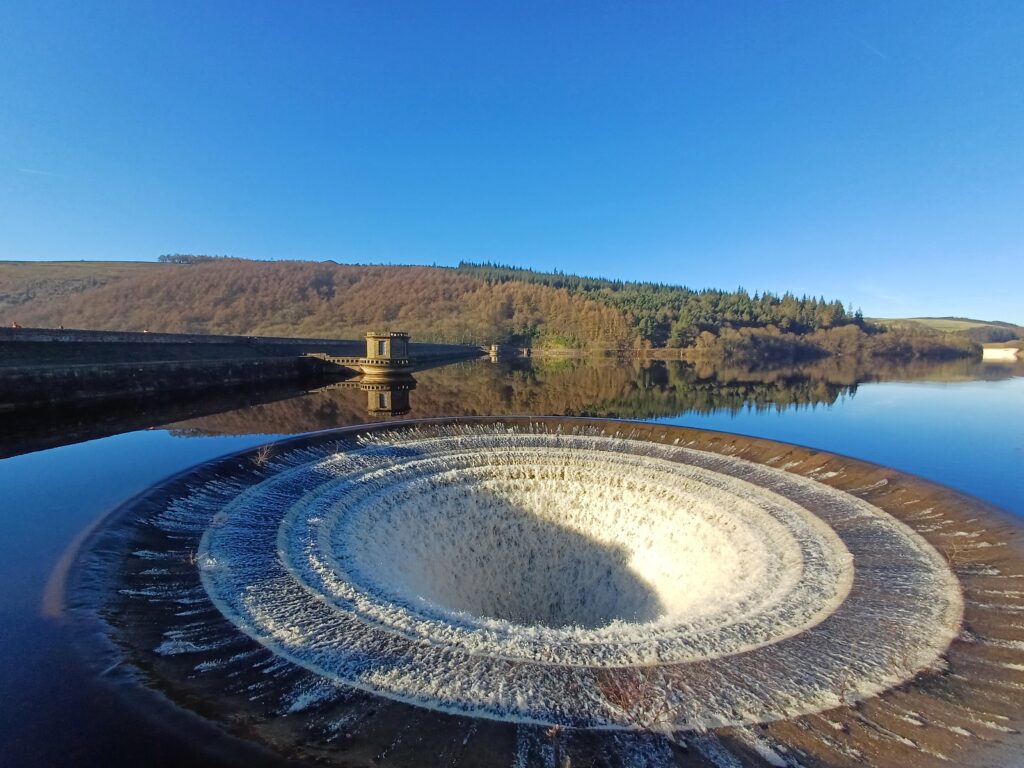
In a similar vein, smart meters are helping utilities like Anglian Water track water consumption at a granular level. But the real value emerges when this data is combined with user research. They can then nudge households toward more sustainable habits, such as reducing daily water usage. It’s not just about the data, it’s about interpreting it and applying it in ways that connect with how people live and act.
How to encourage behavioural change
Getting people to change their habits isn’t easy, but it’s essential for tackling big issues like climate change or water scarcity. The power of data plays a huge role here, but here it’s about using that data to drive action. To make real change happen, you need a blend of digital tools, community outreach, and clear communication.
The water industry, for example, faces an immediate challenge: encouraging households to reduce usage because of the growing scarcity of water. Initiatives range from local outreach to digital tools like smart meters, which provide households with real-time feedback.
One innovative example comes from the University of Surrey, where meters were installed on showers in student halls.
Showering smartly project
This project used smart meters in student halls to tackle water and energy waste. These meters gave students instant feedback on their water use, energy consumption and carbon emissions during showers. Seeing the real-time impact of their actions motivated many to take shorter showers and use less water. By blending this granular data with tailored messaging, the university turned abstract sustainability goals into relatable, actionable insights. The project demonstrated how real-time feedback, underpinned by precise data, could inspire long-term behavioural change.
Similarly, working with community leaders can amplify impact. For example, incorporating religious or cultural practices – such as water conservation during ritual cleansing – can align behavioural nudges with deeply held values, encouraging more significant change. Organisations like Muslim Climate Watch have highlighted how religious leaders and communities can include messages about sustainable water use into sermons and education during Ramadan.
By tying these initiatives to the spiritual significance of water in Islam – essential for ritual cleansing (wudu) and fasting – there’s a stronger motivation for change.
The power of fast feedback loops
One of the most compelling advantages of digital tools is they provide quick feedback. Traditional methods, like rolling out awareness campaigns and waiting months for results, take time. With digital technology, we can test ideas, gather data and adjust quickly if something isn’t working.
We’ve seen this in action at the Met Office, where we helped transform how they gather and act on user feedback. By using a powerful data platform and natural language processing (NLP), we made it possible to analyse comments from thousands of users in real time. Instead of wading through individual comments manually, the team could identify trends and pinpoint areas for improvement almost instantly. These insights helped prioritise updates and ensure the tools, such as weather forecasts, were as accurate and user-friendly as possible.
Turning behavioural insights into action
It’s clear that real change happens when data and user research are combined to drive meaningful behavioural shifts. But where do you start?
Here are 3 steps to take today:
Audit your data and user research capabilities
Are you collecting the right data to inform behaviour change? How well do you understand your users’ motivations and any roadblocks along the way?
Focus on fast feedback
Identify opportunities to implement real-time feedback mechanisms – whether that’s through digital tools, sentiment analysis, or direct user engagement.
Bridge the gap to action
Look at how data insights are being used to inform decisions. Is there a clear link between the data you collect, the insights you generate, and the actions you take?
Whether you’re looking to reduce energy consumption, improve public services, or engage your users more effectively, we’d love to help. At Made Tech, we’re passionate about creating solutions that work for both people and the planet.
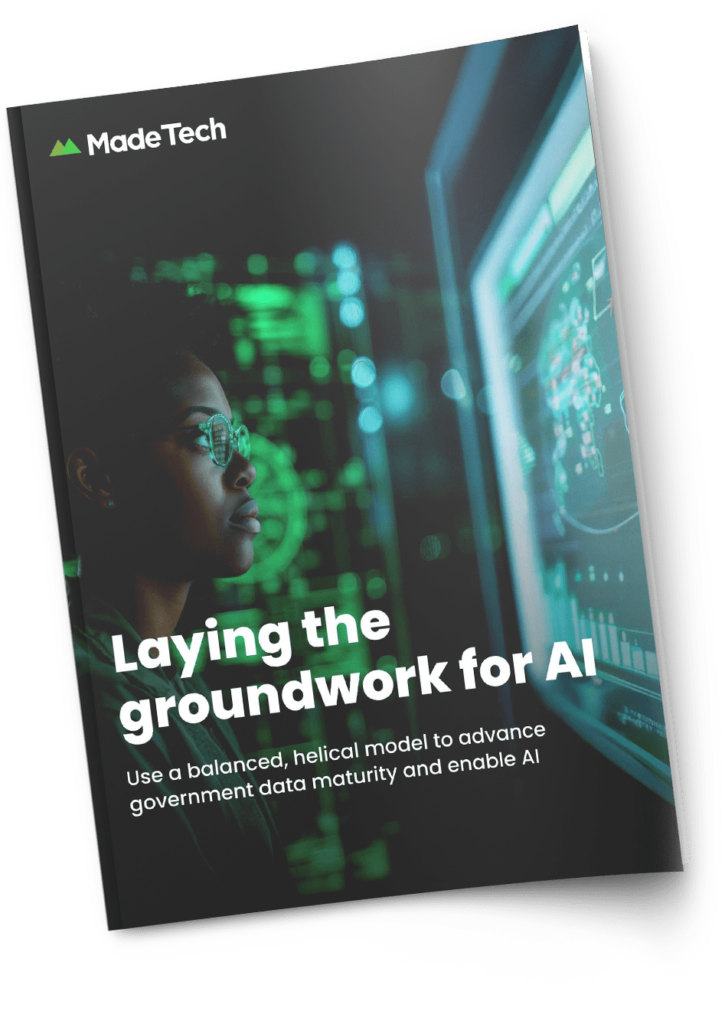
Laying the groundwork for AI
Unlock your AI potential: Discover your archetype, master the 3 pillars of data maturity, and learn from real-world transformations in our latest whitepaper, Laying the Groundwork for AI.



